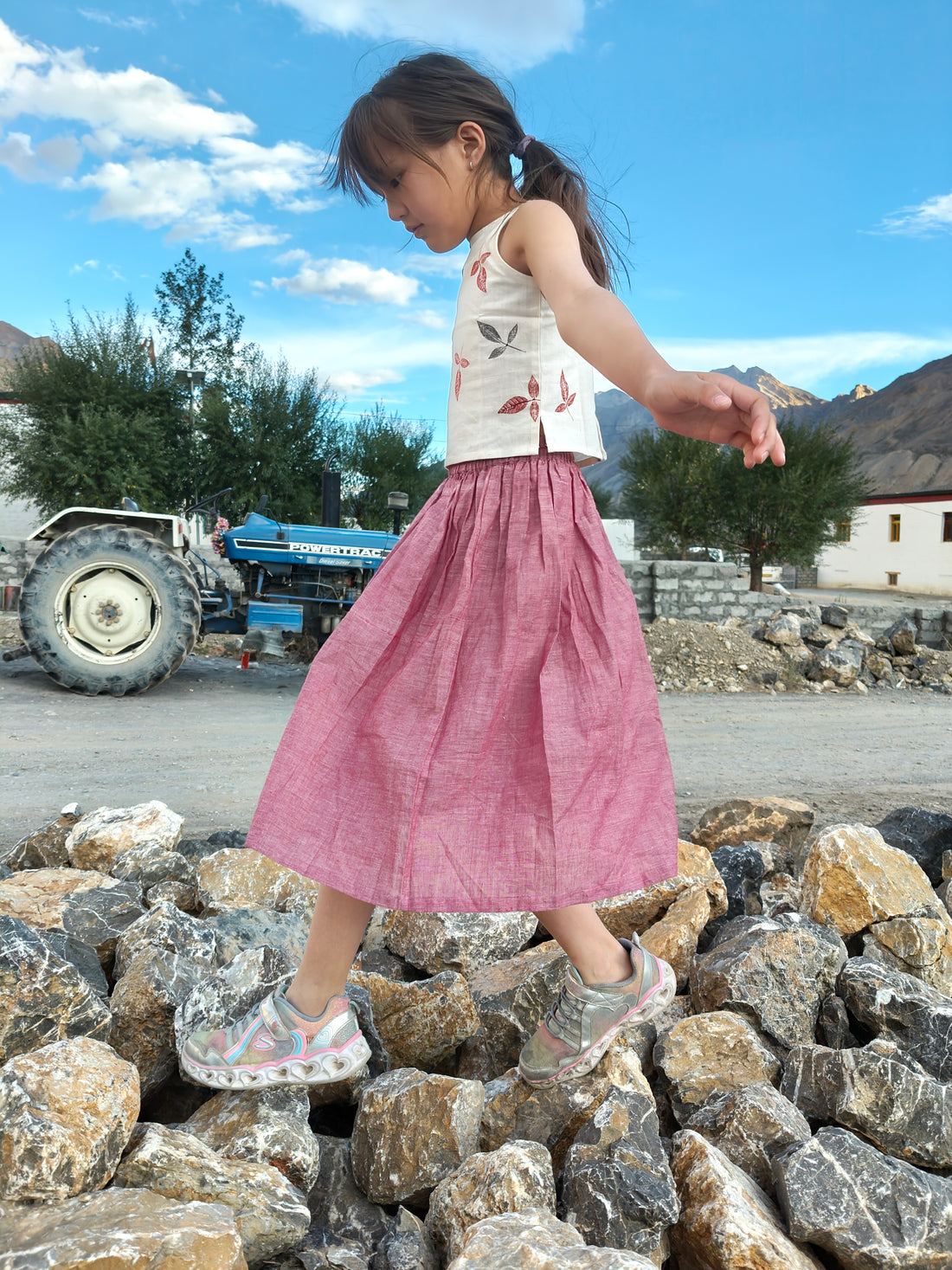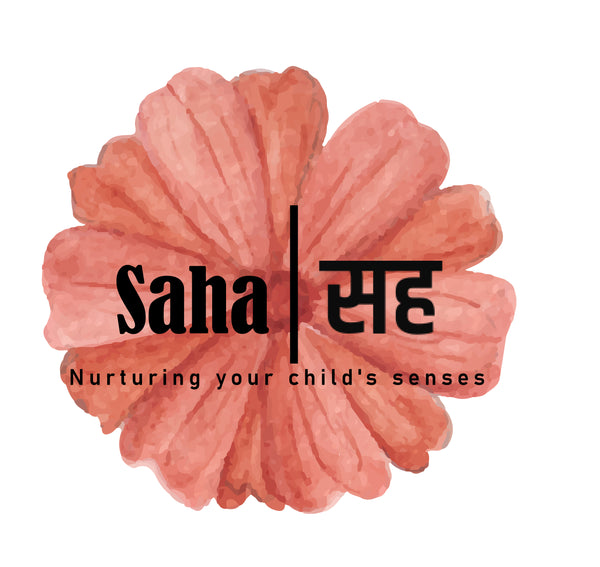
How Overwhelming Graphics and Bold Clothing Can Affect Young Children’s Development
Share
In today’s world, children’s clothing has become increasingly colorful, complex, and loaded with visual elements. From bright cartoon characters to bold patterns, there’s no shortage of options for parents to choose from. But while these designs may look appealing, research suggests they could be doing more harm than good. Overwhelming visuals on clothing can actually impact children’s behavior, emotional regulation, and even their cognitive development. Here, we’ll explore how clothing choices affect young children and why minimalist, simple designs may be more beneficial for their growth.
The Impact of Visual Overstimulation on Young Children
Visual stimulation can be highly engaging for children, but there’s a fine line between what’s engaging and what’s overwhelming. Studies in sensory processing show that too much visual complexity can overstimulate a child’s senses, leading to feelings of restlessness or even anxiety. When children are exposed to bold, busy patterns or bright, contrasting colors, it can create a sensory overload, particularly for children who are highly sensitive.
Researchers in Sensory Processing Disorder (SPD) have found that children with heightened sensory sensitivity often struggle with visual clutter, including bright, loud patterns on clothing. This overstimulation can make them feel anxious, agitated, and less able to focus on tasks at hand, such as learning, playing, or social interactions. Minimalist designs, by contrast, create a calmer experience, allowing children to interact more peacefully with their environment.
Colors and Patterns: Their Influence on Mood and Behavior
The field of color psychology has long recognized that colors can influence our emotions, energy levels, and behaviors. Bright colors like red, yellow, and orange are known to stimulate and energize, whereas softer colors such as pastels or earth tones can have a calming effect. Classrooms and therapy spaces for young children are often painted in muted, soothing colors for this reason, helping kids feel secure and focused. By choosing similar tones for children’s clothing, parents can reduce overstimulation and contribute to a sense of calm.
Excessive patterns and graphics can also impact children’s mood. For children with sensory processing sensitivities, a shirt with multiple colors and images may create discomfort, whereas simple, neutral designs offer a more serene sensory experience. Clothing with calming colors and minimal patterns allows children to feel at ease, creating space for them to focus more deeply on their surroundings and activities.
Gendered Clothing and Its Influence on Self-Perception
The issue with children’s clothing goes beyond overstimulation – it also extends into how designs and graphics can shape children’s self-perception. Studies in developmental psychology have shown that gendered clothing reinforces stereotypes from a young age. Boys’ shirts often feature themes of strength and adventure, while girls’ shirts focus on beauty or nurturing. Over time, this subtle messaging can shape children’s understanding of themselves and their potential.
Research on stereotype threat reveals that children can internalize these cues, limiting their interests or behaviors to fit societal expectations. When boys are constantly surrounded by graphics of trucks and superheroes, and girls are shown princesses and hearts, they may start to feel boxed into these roles, even subconsciously. Minimalist designs, free from gendered graphics, open up opportunities for children to define themselves and explore a broader range of activities and interests.
Cognitive Load and the Importance of Simplicity
One key reason why simple, minimalist clothing can be beneficial lies in cognitive load theory. This theory posits that we have a limited amount of cognitive resources to process information. For young children, especially, visual clutter can consume their mental resources, leaving less room for important tasks like learning and creative play. Busy designs on clothing contribute to this “cognitive load,” making it harder for children to focus on other stimuli in their environment.
Simpler clothing helps lighten this cognitive load, allowing children to fully engage in play and exploration without distraction. By reducing visual noise, parents and caregivers can support children’s natural curiosity and creativity, giving them the mental space to truly engage with the world around them.
The Benefits of Minimalist Clothing for Kids
Choosing minimalist, gender-neutral designs with calming colors has real benefits for young children. By selecting clothes that don’t overstimulate or reinforce stereotypes, we can support their emotional and cognitive development. Here’s how minimalist clothing helps:
- Promotes Focus: Children can concentrate on their activities, learning, and social interactions without the distraction of busy patterns or intense colors.
- Reduces Anxiety: A visually calm outfit can contribute to a more relaxed and balanced emotional state, especially in sensory-sensitive children.
- Encourages Self-Expression: Without stereotyped designs, children are free to explore a broader range of interests and to express their unique personalities.
- Supports Holistic Development: Minimalist designs promote sensory balance, supporting holistic development and encouraging children to engage deeply with their surroundings.
At Saha, we embrace these principles, creating simple, functional, and gender-neutral clothing that encourages children to express themselves freely and comfortably. By keeping designs minimalist and colors soothing, we aim to foster a balanced and nurturing environment for young minds to grow.
Conclusion
As parents and caregivers, every choice we make for our children shapes their development, including the clothes they wear. Research supports that minimalist, thoughtfully designed clothing can positively impact children’s focus, mood, and self-expression. By moving away from overwhelming graphics and embracing simpler designs, we can help our children build confidence, creativity, and resilience in a way that nurtures their true selves.
Footnotes
